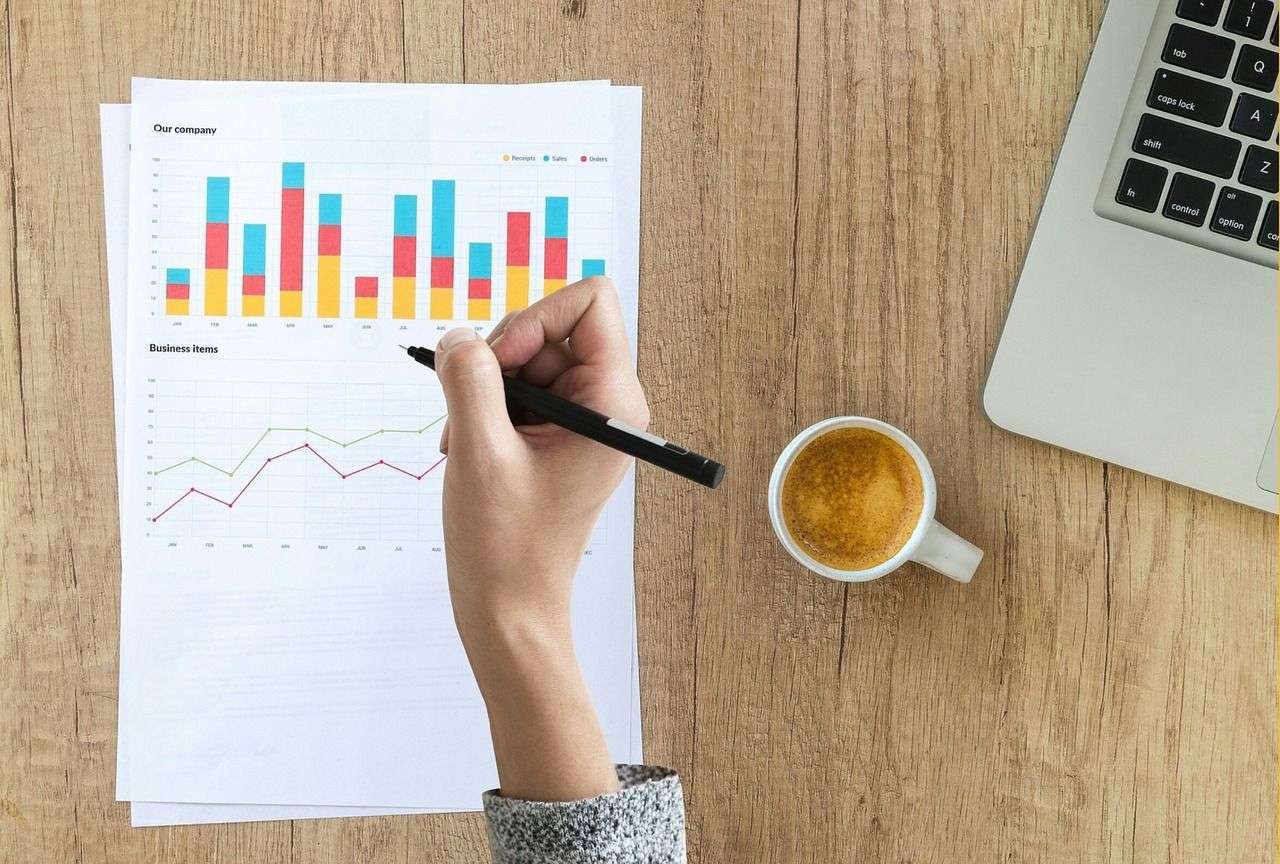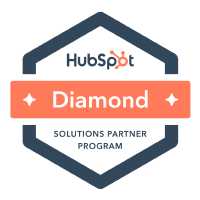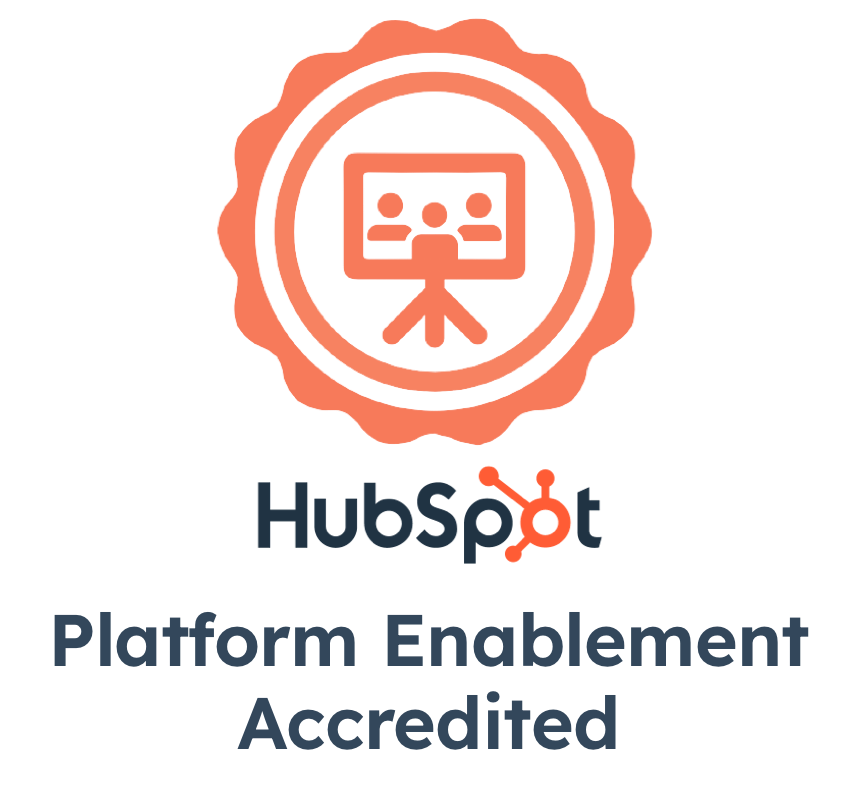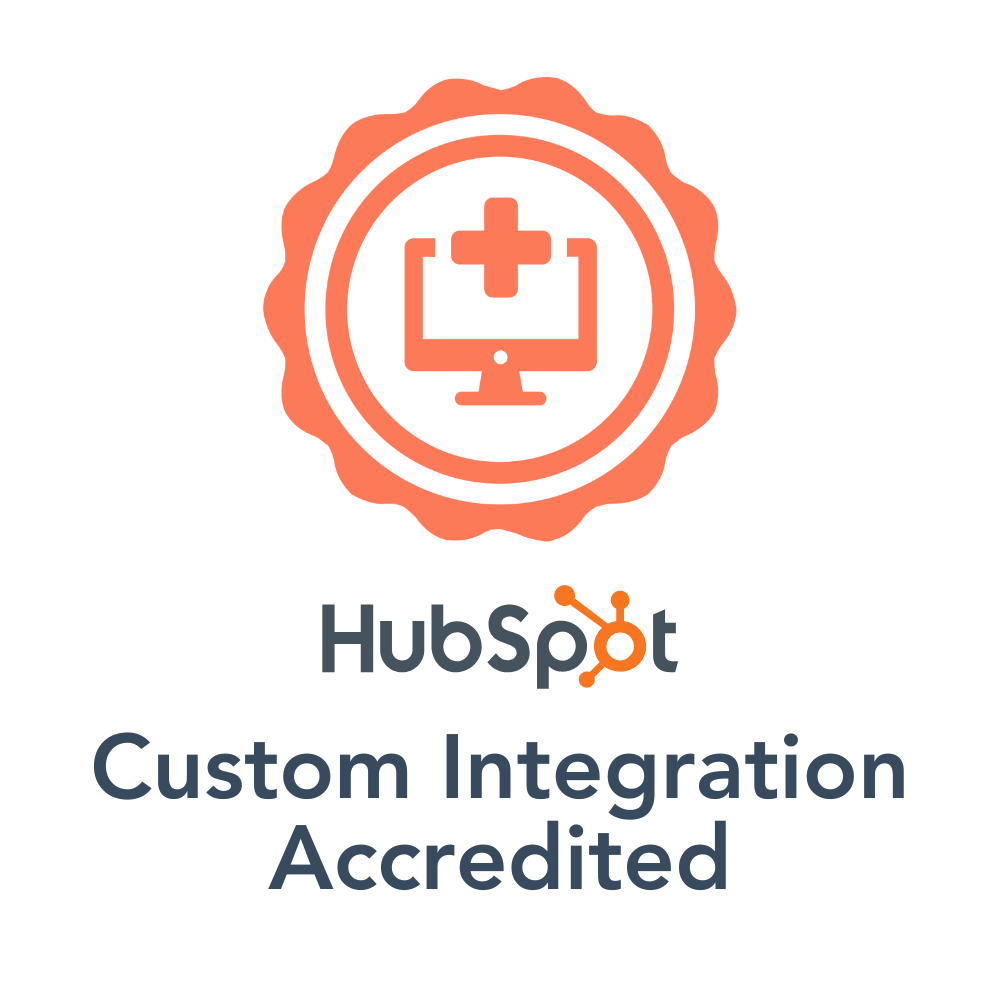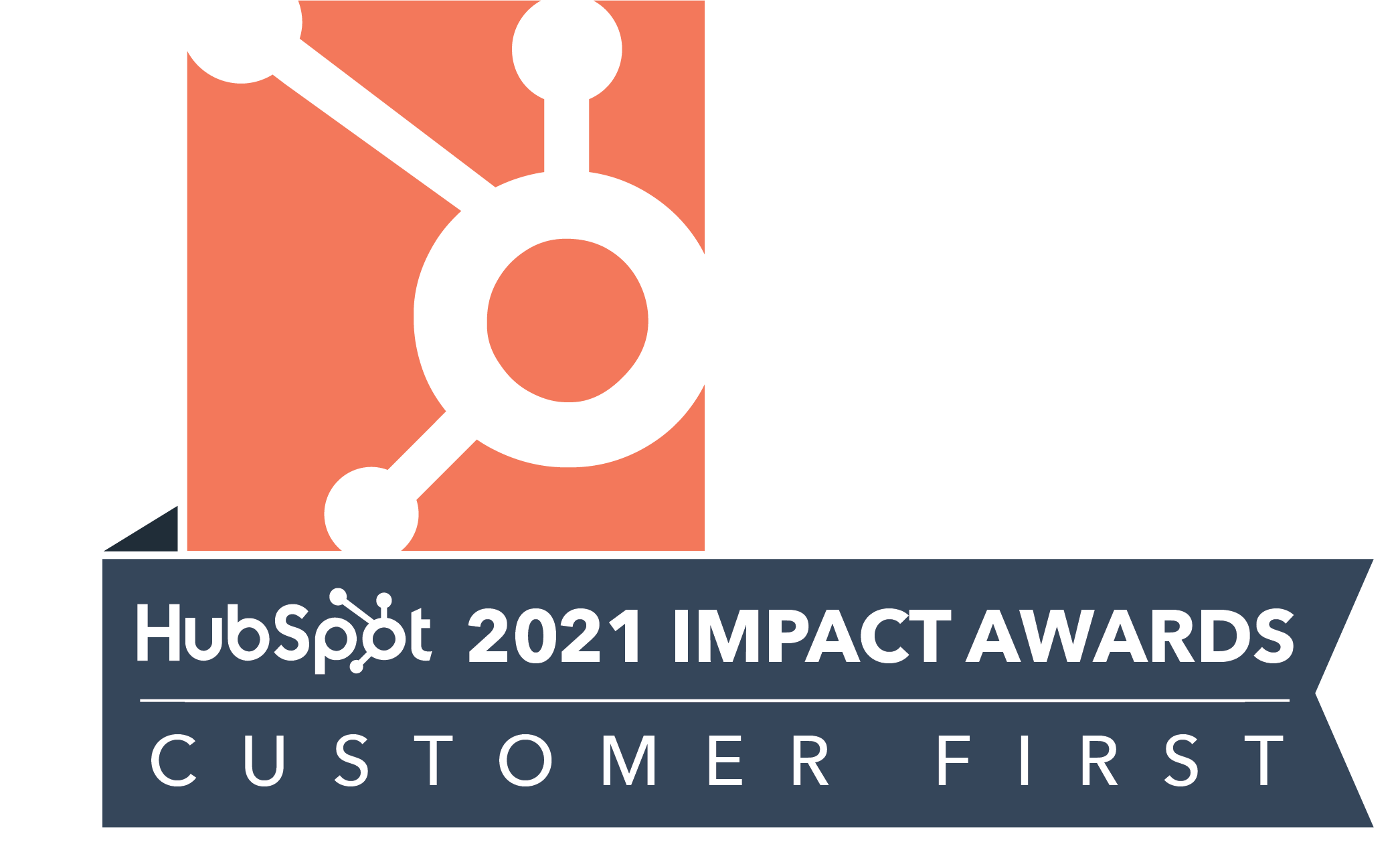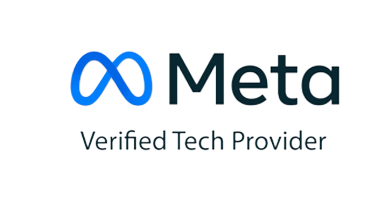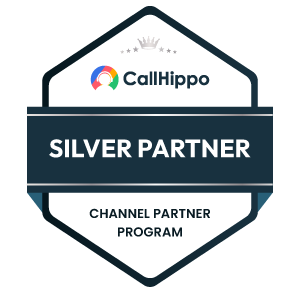Attract, Convert, Close and Delight! These are probably the words that come into your mind when you think of how does inbound marketing work. Well this, and some more. As for businesses marketing online, adopting inbound marketing services has almost become a necessity.
Why, you ask?
With the change in buying behavior in the last few years, customers are now more conscious about why they buy, and what they buy. They look for information, they want solutions to their problems, and they do not prefer to be sold to!
Which is precisely why inbound marketing does work. It empowers them with informative content, provides help and listens to their problems, and gives them the freedom to say no.
So then how to go about it? What is the inbound marketing plan that could get you started, and take your customers down your inbound marketing funnel?
How Does Inbound Marketing Work
1. Identify your buyer personas
Who are you trying to market to? What is their probable buying behavior? In which stage of the buyer’s journey do they belong to? What are their needs, concerns and pain points? And how can you cater to them?
Answering all these questions will bring you closer to your prospective customers. But to do so, you need to gather real insights. And develop a better understanding towards the solution they need.
2. Attract strangers and make them your visitors
Once you identify who your buyer persona is, you need to attract them to your online web portal. Your prospects need to know you exist!
Creating content that solves their problems, promoting them at places your prospective customers are most likely to be, is how your content marketing strategy can be effective.
But one more thing to pay attention to is the SEO. Your content should rank when your probable customers type in keywords that relate to the services you could provide. Hence, a good keyword strategy, coupled with some great social media marketing tactics, are a must.
3. Convert your visitors into leads
Your prospects have read your content, visited your website, and have an idea of what products and services you provide, what now?
Convert them into your leads, by showing how you can create tremendous value for them.
Creating smooth user experiences, offering pieces of valuable content, well-placed forms, landing pages and irresistible call-to-action (CTA), are some of the ways your visitors can become a lead.
4. Close leads into your customers
The next step is engaging with your leads, nurturing their interest, and building trust. Let them know that you understand their problems, respond to their queries, and craft solutions for them.
Making use of marketing automation tools at this step can help you categorize your leads into different personas, and set up workflows to engage them. It will also enable you to nurture your leads without having to manually keep track of the process.
To enable this, you could make use of different marketing automation software like Sharp Spring, HubSpot, Act-On and others.
With all this effort put in, your leads are most likely to put faith in you and convert into your customers.
5. Delight your customers and turn them into advocates
The inbound marketing process doesn’t end with converting your leads into customers, it is just the start of your relationship. You need to consistently captivate and engage with your existing customers, and deliver on your promises.
Making use of email marketing tools to offer after-sale support to your users and providing flawless service is what will turn them into your advocates. They will happily spread the word about you, and help you create more long-term customers.
6. Create relevant and informative content
Content in different forms like blogs, videos, e-books, social media posts, can be used to market and sell to your prospects. It is about aiding your customers throughout their buyer journey, and empowering them with information.
E-mails, forms, and newsletters are other forms of inbound content marketing that can engage and convert your leads into customers.
7. Inbound marketing tool stack
Making use of inbound marketing tools can align your organization, make your workflows more automated, and your customers more engaged. Hubspot CRM, Hubspot Workflows and BuzzSumo are some of the best tools for inbound marketers.
Also, the use of customer relationship management (CRM) systems like Hubspot CRM can help you track your customers, partner companies etc., and deliver the right message to the right person at the right time.
8. Align with your organization
Your inbound marketing strategies would work better if you align your marketing team with that of your sales and customer success team.
9. Creating value and building relationship
Throughout the inbound marketing methodology, one thing that remains constant is creating value for your prospects. Inbound is customer centric, and customer obsessed!
Hence, everything you do must have a lasting impact on the user, enhancing their experience, and encouraging them to enter into a profitable conversation with you.
How To Get Started With Inbound Marketing
While we aptly covered all necessary steps to make inbound marketing work for you, you must be warned that it takes time. And experience. So the more you do it, the better you get at it.
Hence taking the help of agencies with an inbound marketing expertise, can drive more effective results for your business, and sooner.
Looking to get started with inbound? Begin your journey with us!



